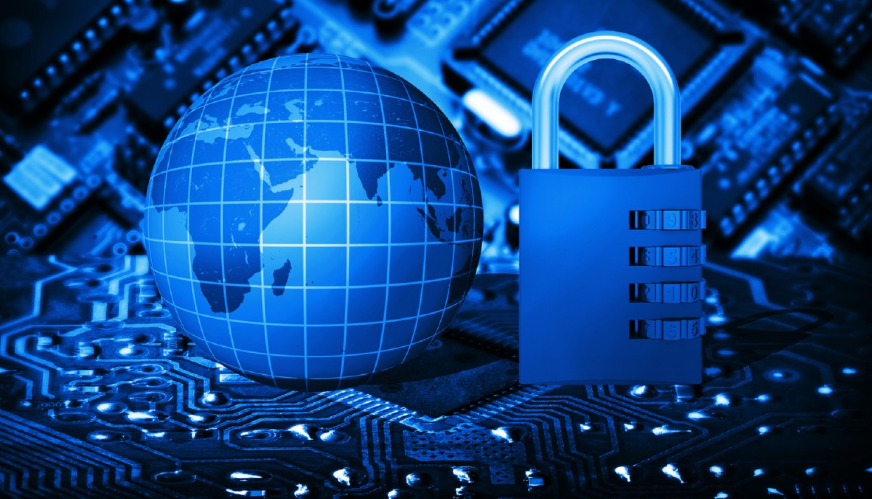
In today’s digital world, the term “cybersecurity” comes up a lot, and it’s easy to get confused about what it really means and why it’s important. Let’s break it down in simple terms so we can understand the basics, the threats we face, and the practical steps we can take to protect ourselves online.
What is Cybersecurity?
At its core, cybersecurity is like a digital shield that protects our online presence. It involves a combination of practices, technologies, and processes designed to defend against cyber threats. These threats can range from annoying viruses and malware to more serious attacks that aim to steal sensitive information.
Why Does Cybersecurity Matter?
Think of your computer or smartphone as a fortress and the internet as the world outside. Just like you lock your doors and windows at home, cybersecurity makes sure that your digital space is safe from unauthorized access, data breaches, and harmful activities. Since we rely so much on digital platforms for everything from communication to banking and shopping, having good cybersecurity is more important than ever.
Common Cyber Threats
- Malware: This term refers to malicious software like viruses, worms, and trojans. These programs aim to damage, disrupt, or gain unauthorized access to computer systems.
- Phishing: Phishing is online trickery. Cybercriminals use fake emails, messages, or websites to trick people into revealing sensitive information, such as passwords or credit card numbers.
- Ransomware: Ransomware is a type of malware that locks your files and demands a ransom, often in cryptocurrency, to unlock them. It’s like holding your digital files hostage.
- Social Engineering: This tactic involves manipulating people into sharing confidential information. This can be through seemingly innocent conversations or even fake job offers or charity requests.
Basic Cybersecurity Practices
Now that we understand the threats, let’s look at some practical steps to strengthen our digital security:
- Use Strong and Unique Passwords: Create complex passwords that mix uppercase and lowercase letters, numbers, and symbols. Avoid reusing the same password across different accounts.
- Update Software Regularly: Keep your operating system, antivirus software, and other applications updated. Updates often contain security fixes that protect you from the latest threats.
- Install Antivirus Software: Use reliable antivirus software to scan and protect your devices from malware. Many options are easy to use and provide real-time protection.
- Be Cautious of Phishing Attempts: Always double-check emails and messages, especially if they ask for personal information. Don’t click on suspicious links or download attachments from unknown sources.
- Enable Two-Factor Authentication (2FA): 2FA adds an extra layer of security by requiring a second form of verification, like a code sent to your phone, in addition to your password.
- Secure Your Wi-Fi Network: Use a strong password for your Wi-Fi, enable WPA3 encryption if possible, and change the default router login information to prevent unauthorized access.
- Backup Your Data: Regularly back up important files to an external hard drive or cloud storage. This way, if you ever fall victim to a ransomware attack, you won’t lose important data.
Cybersecurity in Everyday Life
Understanding cybersecurity is about more than just protecting your devices; it’s also about being mindful of your online behavior:
- Be Careful on Public Wi-Fi: Public Wi-Fi can be risky. Avoid accessing sensitive information on public networks, or use a Virtual Private Network (VPN) for extra security.
- Monitor Your Accounts: Regularly check your bank accounts, emails, and other online accounts for unusual activity. If something seems off, take action right away.
- Educate Yourself: Stay informed about common cyber threats and best practices. Many cybersecurity organizations offer helpful resources to help you learn more.
- Share Cybersecurity Knowledge: Teach friends and family about cybersecurity. The more people who understand these practices, the safer the digital world becomes.
Conclusion: Protecting Your Digital World
Knowledge is our most powerful tool in the world of cybersecurity. By understanding the basics, recognizing common threats, and practicing good cybersecurity habits, we can navigate the digital world with confidence. Cybersecurity isn’t a complicated fortress; it’s just a set of tools and habits that keep our online experiences safe and enjoyable. As technology continues to play a bigger role in our lives, it’s important to adopt these cybersecurity principles to protect our digital presence and enjoy the connected world responsibly.













